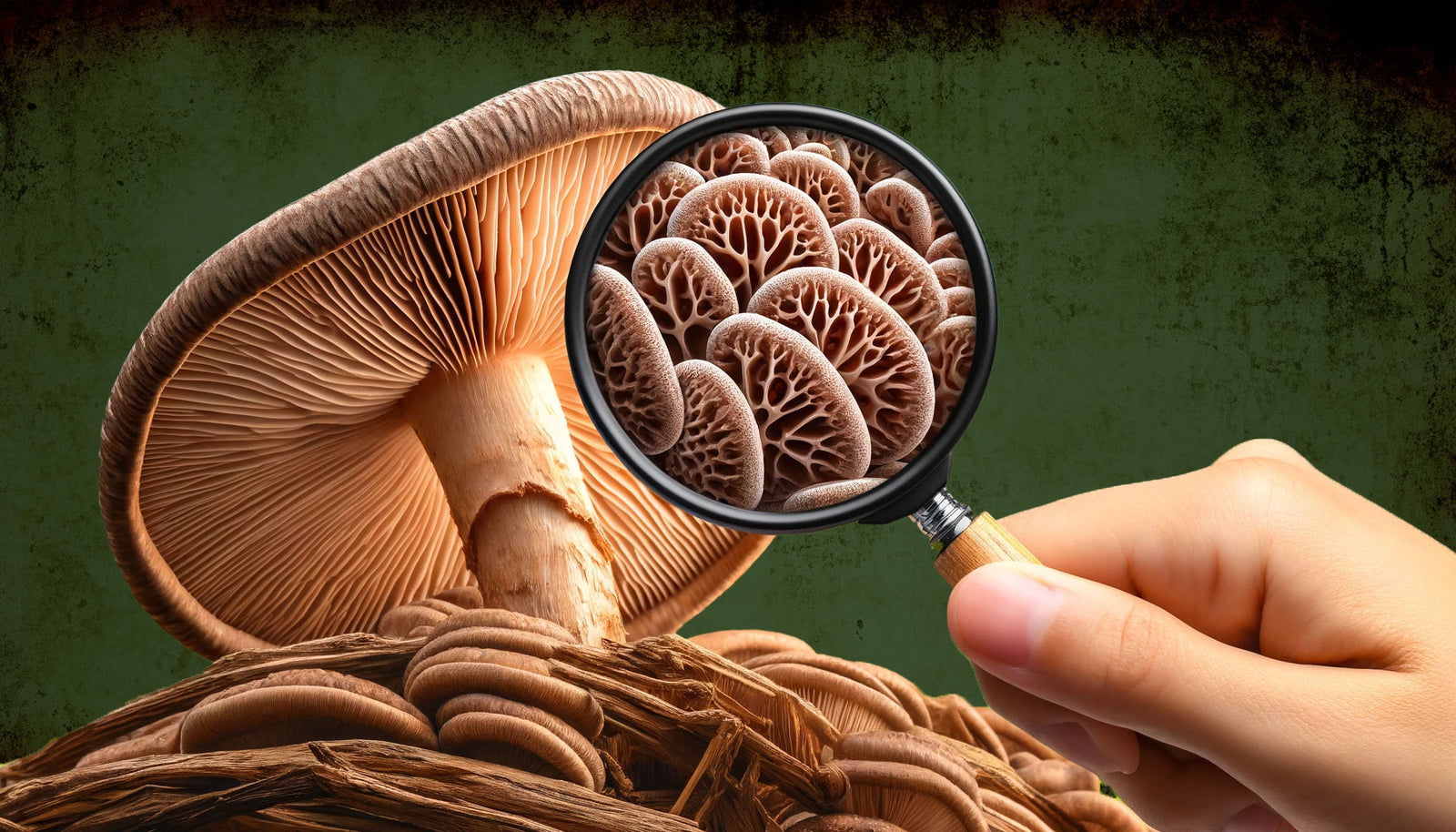Mushrooms are fascinating organisms that play a crucial role in our ecosystems. The science behind mushroom growth involves a complex interplay of biological processes that enable these fungi to thrive. If you've ever wondered about the journey of a mushroom from spore to full-grown fungi, you're in luck! In this blog, we'll take you through the exciting stages of a mushroom's life and uncover the secrets behind their growth.
The Life Cycle of a Mushroom
The life cycle of a mushroom involves several stages, each critical for its development and reproduction. The primary stages include spore germination, mycelium formation, and fruiting body development.
1. Spore Germination
The life of a mushroom begins with a spore, a microscopic, unicellular organism that serves as the reproductive unit of fungi. Spores are released from the gills or pores of mature mushrooms and dispersed by wind, water, or animals. When a spore lands in a suitable environment with the right combination of moisture, temperature, and nutrients, it germinates.
2. Mycelium Formation
Upon germination, the spore develops into mycelium, a network of thread-like structures called hyphae. Mycelium is the vegetative part of the fungus, and it plays a critical role in nutrient absorption. Hyphae grow and spread through the substrate, secreting enzymes that break down complex organic matter into simpler compounds that can be absorbed and utilized by the fungus.
The mycelial network is the powerhouse of the mushroom, responsible for gathering nutrients and supporting the growth of the fruiting body. In nature, mycelium can extend over large areas, forming vast underground networks. In an urban mushroom farm, mycelium is cultivated in controlled environments, often using substrates like straw, wood chips, or specially formulated growth mediums.
3. Fruiting Body Development
When environmental conditions are favorable, the mycelium undergoes a process called fruiting. This involves the formation of a fruiting body, which is the part of the fungus commonly recognized as a mushroom. The transition from mycelium to fruiting body is triggered by factors such as temperature changes, light exposure, and humidity levels.
The fruiting body consists of a stem (stipe), cap (pileus), and gills (lamellae) or pores where spores are produced and released. This structure is designed to maximize spore dispersal, ensuring the continuation of the fungal life cycle.
Optimizing Growth Conditions + Ensuring the Highest-Quality Urban Mushroom Produce
At R&R Cultivation, we take pride in our commitment to producing the highest-quality mushrooms through carefully controlled growing conditions. Our urban mushroom farmar is designed to optimize every aspect of the cultivation process, ensuring that our mushrooms thrive and reach their full potential.
1. Precise Temperature Control
Temperature is a critical factor in mushroom growth, affecting everything from spore germination to the development of the fruiting bodies. At R&R Cultivation, we maintain precise temperature ranges tailored to each mushroom variety. Our climate-controlled growing rooms allow us to create the perfect environment for species like oyster, shiitake, and lion's mane mushrooms. By closely monitoring and adjusting temperatures, we ensure that our mushrooms develop healthily and consistently.
2. Optimal Humidity Levels
Mushrooms require high humidity levels to grow properly. We use advanced misting systems and humidifiers to maintain the ideal humidity in our growing rooms. This ensures that the mycelium stays moist and the fruiting bodies develop without drying out or becoming deformed. Consistent humidity levels help us produce mushrooms with the best texture, flavor, and appearance.
3. Specialized Substrates
Different mushroom species have specific substrate preferences. At R&R Cultivation, we use a variety of substrates to provide the necessary nutrients for each type of mushroom. Our substrates are carefully prepared and sterilized to eliminate any contaminants, creating a clean and nutrient-rich environment for optimal mycelial growth.
4. Controlled Light Exposure
Light exposure is another essential factor in mushroom cultivation. While mycelium grows best in the dark, light is necessary for the formation of fruiting bodies. We use controlled lighting systems to simulate natural light cycles, providing the right amount of light at the right stages of growth. This helps us produce mushrooms with uniform size and quality.
5. Fresh Air Circulation
Adequate airflow and oxygen are vital for healthy mushroom development. We ensure proper ventilation in our growing rooms to maintain fresh air circulation and prevent the buildup of carbon dioxide, which can inhibit growth. Our air circulation systems are designed to provide a constant supply of fresh air, promoting robust and healthy mushrooms.
At R&R Cultivation...We Know Mushrooms!
The journey of a mushroom from a tiny spore to a fully-grown fungi is nothing short of extraordinary. By exploring the life cycle of mushrooms and understanding the various factors that influence their growth, we gain a deeper appreciation for these fascinating organisms. Whether you're a curious novice or an aspiring urban farmer, the magic of mushroom cultivation is a rewarding endeavor that combines science, nature, and a bit of wonder.
At R&R Cultivation, we're passionate about mushrooms, and we want you to be, too! Check out our gourmet mushroom varieties, or try your hand at growing your own mushrooms using our at-home growing supplies. Happy cultivating!

